How Teen Networks Empower Fake ID Acquisition
How Teen Networks Empower Fake ID Acquisition
Fake IDs have become a focus for adolescents, often motivated by a desire for social inclusion, independence, and the opportunity to experience adult environments. In many cases, these young people seek access to places and activities that are restricted due to age, such as clubs, concerts, and certain events. For adolescents, the appeal of owning a fake ID often stems from curiosity and a need for peer connection, as well as a sense of autonomy over their social lives. By possessing a fake ID, they feel empowered to make independent decisions, explore a variety of social settings, and participate in new experiences that help shape their identity and sense of belonging.
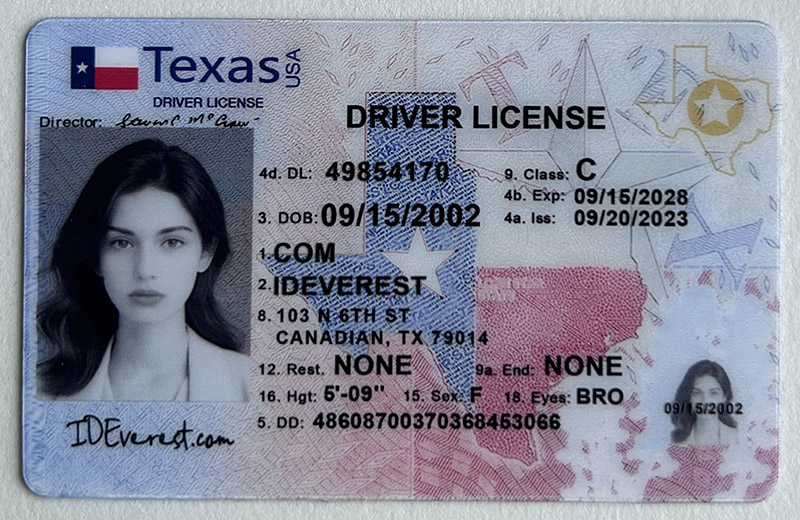
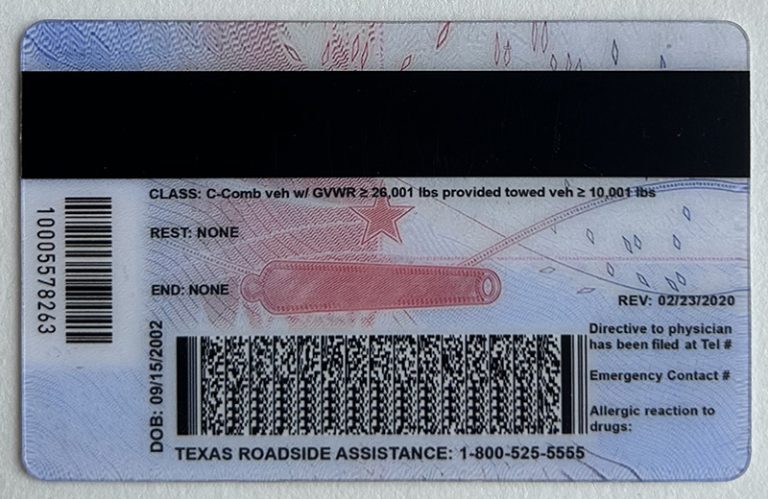
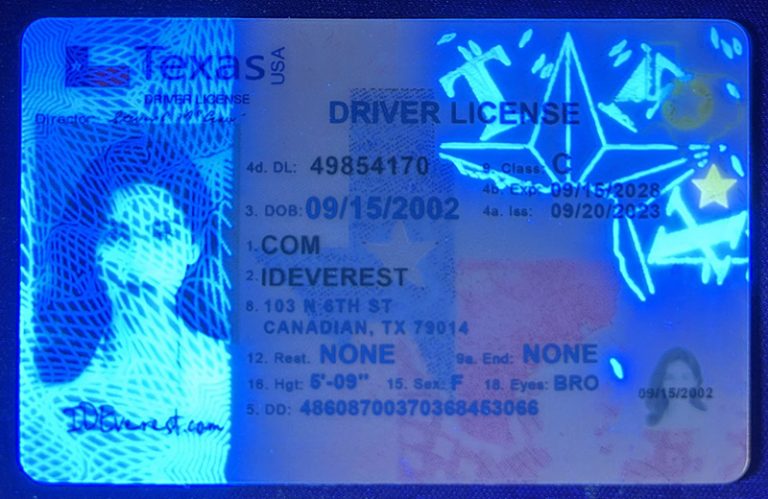
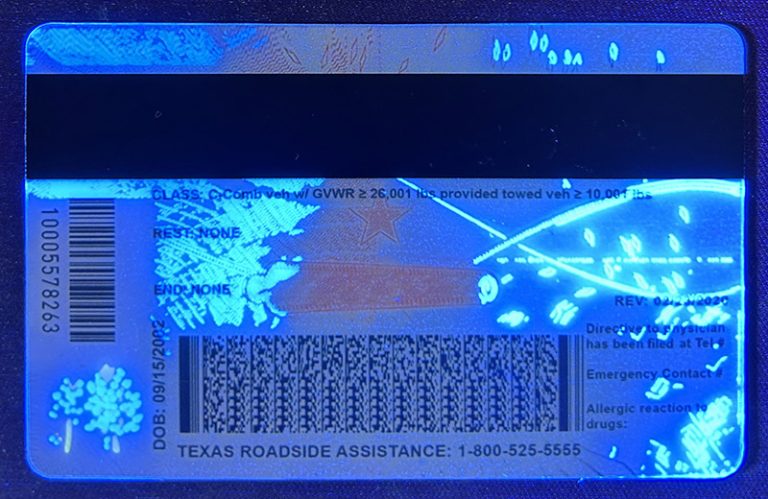
Objectives
This study seeks to explore two key aspects of the fake ID phenomenon among adolescents: the primary channels through which adolescents acquire fake IDs and the methods they use to verify their authenticity. Understanding these aspects helps to understand the social networks, online platforms, and peer communities involved in the acquisition process, revealing how adolescents view this practice from a consumer perspective. Additionally, the study seeks to examine the verification techniques adolescents employ to ensure the quality of their purchases, whether by comparing with real ID documents, checking for specific security features, or relying on peer recommendations. Ultimately, this study provides a broader understanding of the patterns and methods associated with fake ID acquisition, highlighting the ways adolescents navigate and evaluate these semi-underground markets.
Online Marketplaces
Digital Platforms: Teens often turn to online spaces, such as social media platforms, forums, or specialized websites to purchase fake IDs. These platforms offer a discreet way to browse options and compare features.
Purchase Process: The process typically involves browsing listings, interacting with sellers, and placing an order. Payment options range from digital wallets to cryptocurrencies for added privacy. Some teens also look for reviews or feedback to gauge the seller’s reliability before committing.
Security and Privacy Considerations: Teens are often mindful of privacy and data security when using online marketplaces, sometimes opting for anonymous accounts or secure payment methods to protect their identities.
Peer Networks and Word-of-Mouth Recommendations
Social Influences: Teens often rely on recommendations from friends or classmates who have successfully obtained fake California IDs. Word-of-mouth recommendations can help them identify reliable sources and avoid scams.
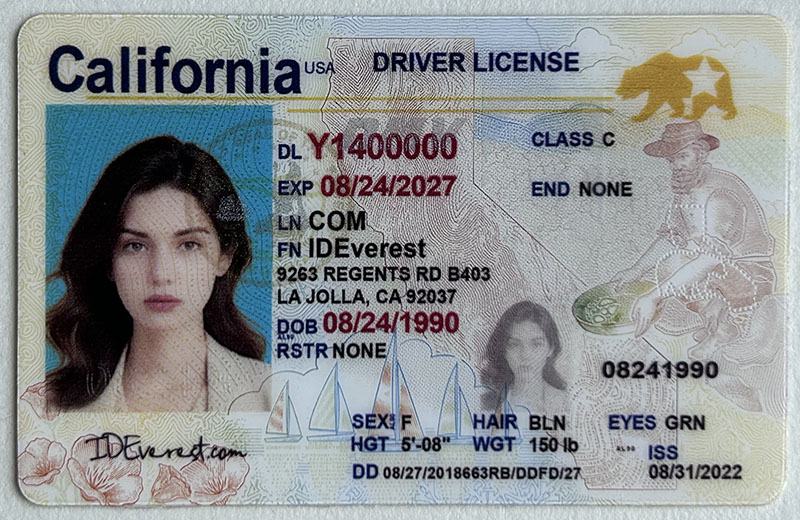
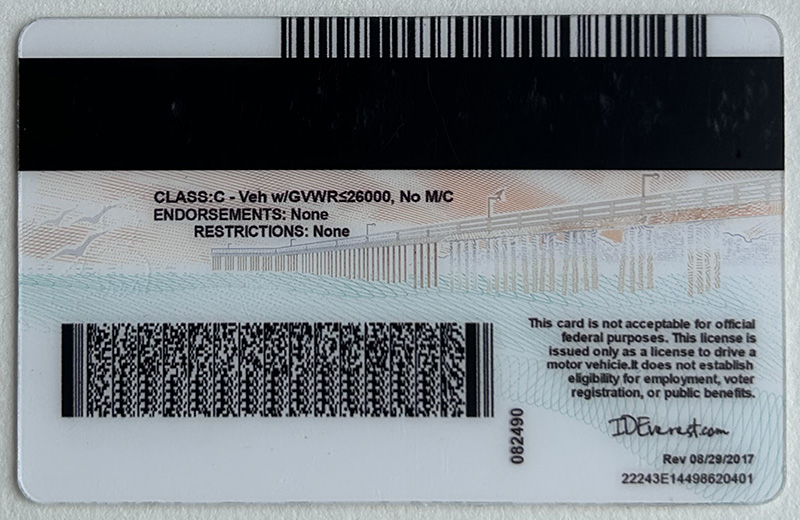
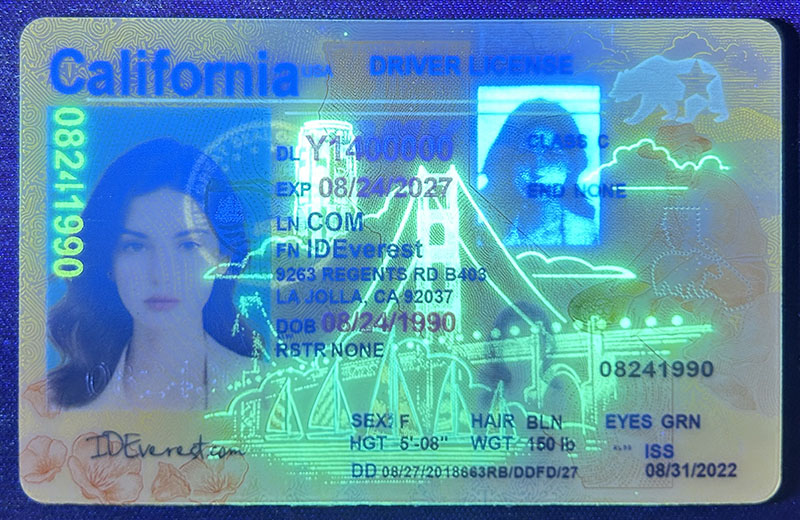
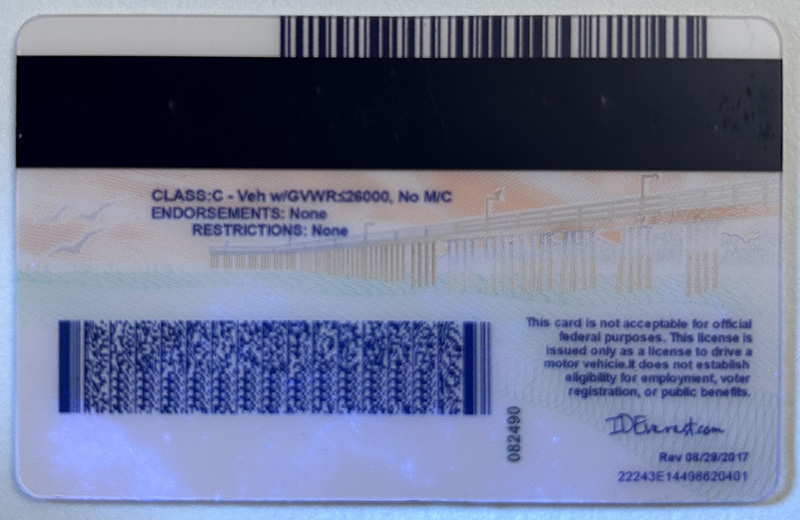
Trusted Recommendations: Peers who have had experience often share tips about quality, price, and reliability, providing insights that can reduce the risk of a purchase. The network also serves as a means to verify the quality of an ID before purchasing.
Influence on Choice: Peer recommendations can influence not only where teens purchase fake IDs, but also their preferences for specific features, such as states or designs that are known to pass authenticity checks.
Direct or Local Suppliers
Offline Sources: Some teens explore local options, such as suppliers that operate within a specific area or individuals who create ID cards upon request. This channel offers a more personalized service and may provide advantages such as immediate quality feedback.
Advantages of Buying Locally: Working with local suppliers can give teens more confidence in the appearance and quality of the product, as they can often view samples in person before purchasing. Additionally, face-to-face transactions can reduce wait times and delivery issues.
Community Networks: Access to local sources through older peers or community connections can also enhance feelings of reliability and trust in the product.
Inspecting the Quality of Printing and Materials
Visual and Tactile Analysis: Teens often evaluate the physical feel and visual appeal of an ID card as a first step in verification. This includes checking the card thickness to ensure it feels like a legitimate government-issued ID and assessing the card's weight, flexibility, and texture.
Font and Color Matching: They check for font accuracy, tone, and overall print quality. A genuine ID card will have precise, crisp printing and consistent colors, while lower-quality ID cards may appear faded or have mismatched colors.
Surface finish: Authentic ID cards often have a specific laminate or matte finish, and teens may look for similar finishes to enhance authenticity. Scratches, smudges, or uneven surface finishes may be signs of a counterfeit.
2. Check security features
Holograms: Many official ID cards include holograms that change in appearance under light. Teens can check for these by tilting the card to see how the hologram behaves. Authentic holograms have precise patterns that are difficult to replicate.
Watermarks and microprinting: Watermarks and microprinting are subtle and unique security features. Teens may closely examine the ID card under bright light to identify watermarks, while microprinting (small text that is often only legible under magnification) provides a secondary check.
State-specific details: Each state in the U.S. has unique security markings, such as state seals, logos, or emblems that are difficult to accurately replicate. Teens can compare these features to images of that state's official ID card, using online resources to verify that elements of a specific state are correctly positioned and rendered.
3. Barcode and Magnetic Strip Scanning
Using scanning apps: Some teens use mobile apps or barcode scanning devices to verify that barcodes and magnetic stripes contain readable data that matches the information shown on the card. Failed scans or data mismatches often indicate a poor quality counterfeit.
Functional testing at entry points: Where scanners are available, such as at certain venues, teens can attempt to run a test by scanning the ID to ensure it passes the initial security check.
4. Comparison with a Real ID
Side-by-side comparison: Teens can directly compare a fake ID to a real ID from the same state to check for subtle differences. Real IDs often have precise spacing, alignment, and background details, which counterfeit IDs may lack, so a side-by-side comparison is a helpful verification tool.
Community feedback: Peer recommendations or online reviews often help assess the quality of a particular ID provider. Teens share insights on the authenticity of various fake ID providers, forming a feedback network about reliable sources and detection tips.
Information exchange: Online platforms such as social media groups, Reddit posts, and professional forums often serve as spaces for teens to exchange experiences and advice about fake IDs. These communities provide insights into the current market, emerging trends, and successful acquisition strategies.
Support Networks: Many teens find comfort in these communities, where they can ask questions and get guidance from peers who have been through the process before. This support is critical to helping them make informed decisions and avoid scams.
2. Share Guides and Resources
Tips and Tricks: Within a peer network, sharing tips on identifying reputable sellers or specific features to look for in fake Ohio IDs can be extremely valuable. For example, members can create guides detailing the best online vendors or offline resources based on their own experiences.
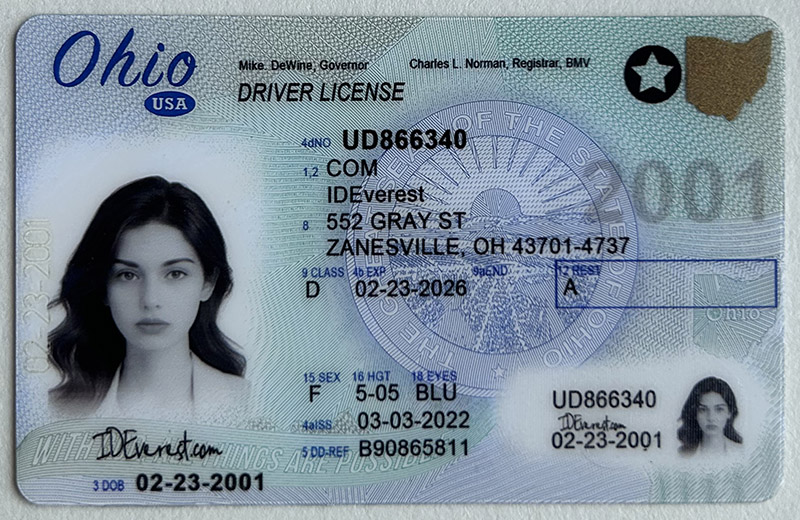
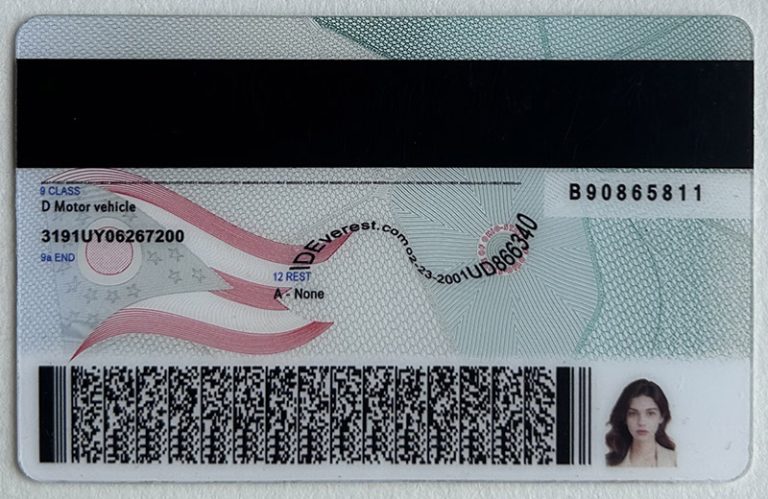
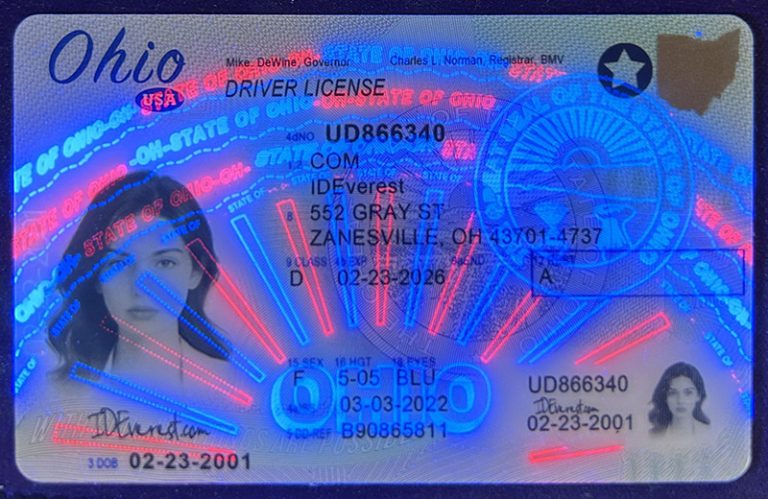
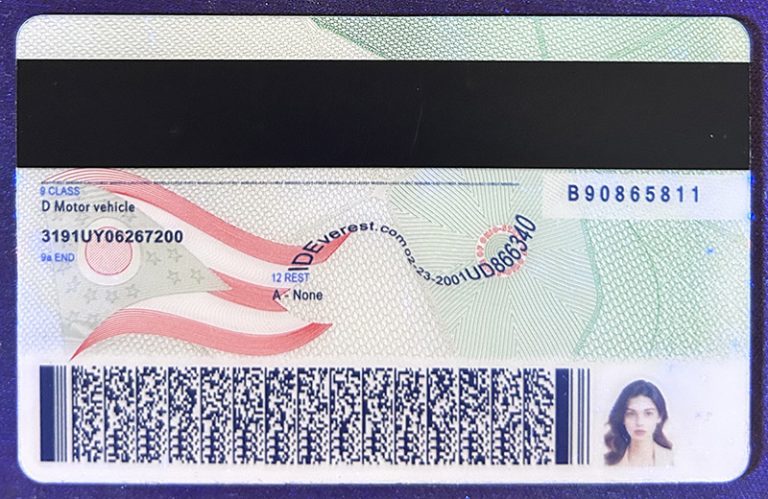
Visual Comparisons: Some groups may compile visual aids or comparison charts that highlight the differences between real and fake IDs, familiarizing teens with the nuances of identity verification. These resources can help them spot the difference more effectively.
Success Stories and Warnings: Community members often share their success stories to provide motivation and encouragement to others. Conversely, they also share cautionary tales about unsuccessful purchases or encounters with law enforcement, helping peers avoid similar pitfalls.
3. Improve Acquisition Skills
Knowledge Sharing: When teens connect with one another, they spread knowledge about new verification methods, changes in New York scannable ID technology, and the evolving landscape of fake IDs. This collective wisdom helps increase awareness of best practices for acquiring and verifying IDs.
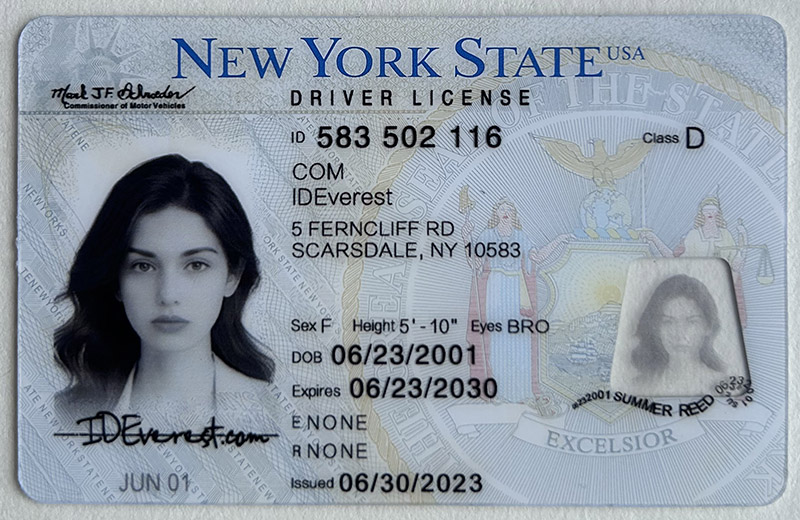
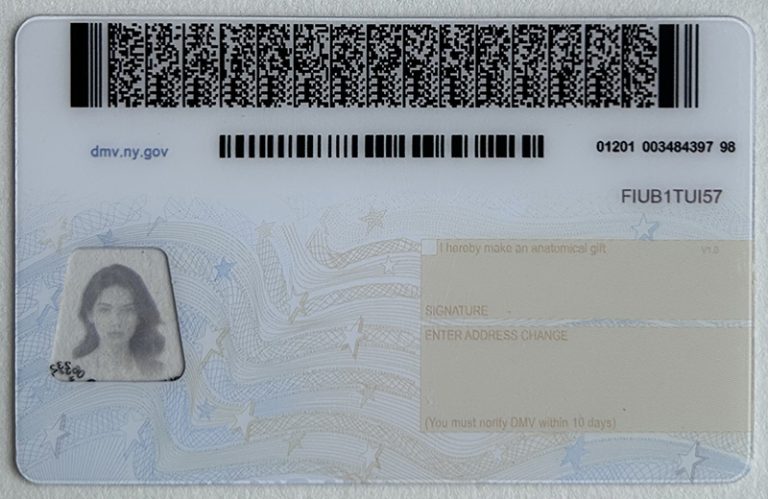
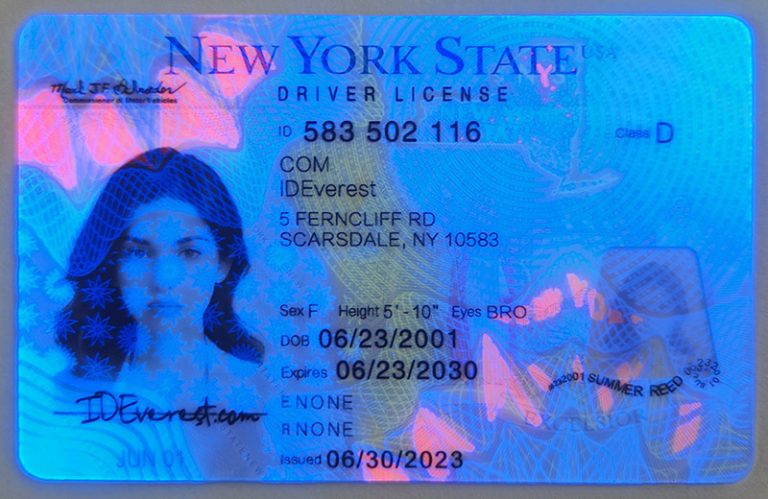
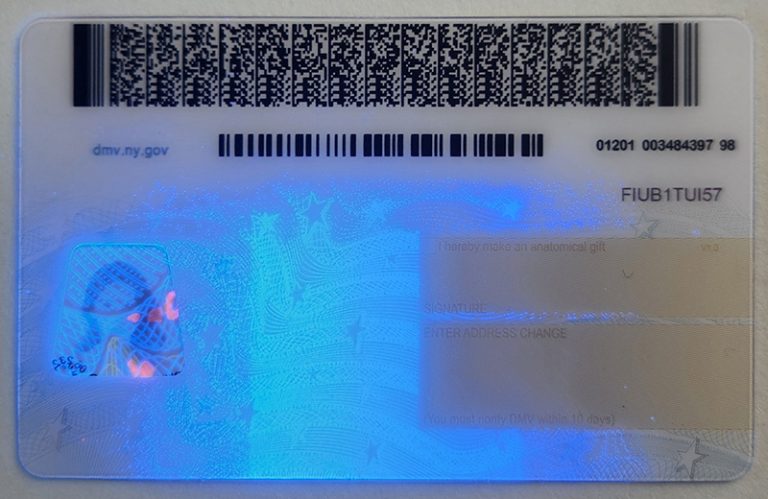
Collaborative learning: Some communities may organize online workshops or discussions where youth can learn from more experienced members, deepen their understanding of the acquisition process, and improve their ability to respond to potential risks. This collaborative learning environment fosters a sense of belonging and common goals among members.
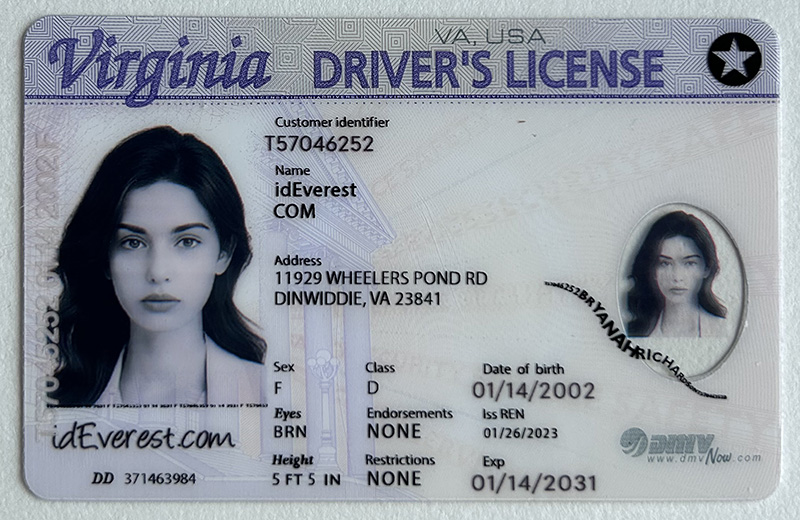 Amazing Features of Virginia S
Amazing Features of Virginia S
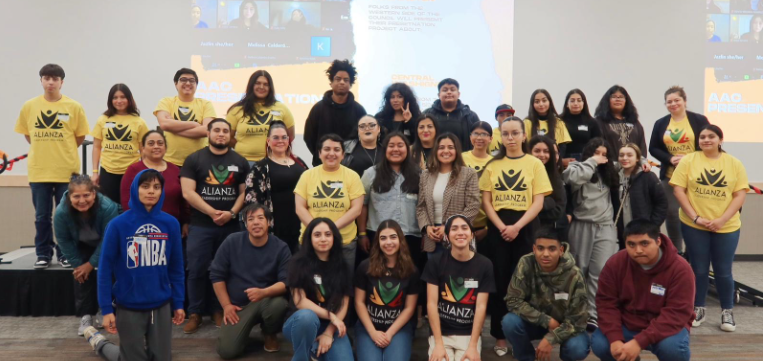 How Teen Networks Empower Fake
How Teen Networks Empower Fake
 Exploring the appeal of fake I
Exploring the appeal of fake I
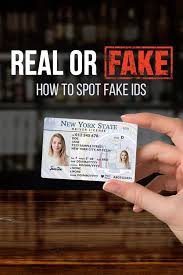 High-Quality Fake ID Illinois
High-Quality Fake ID Illinois